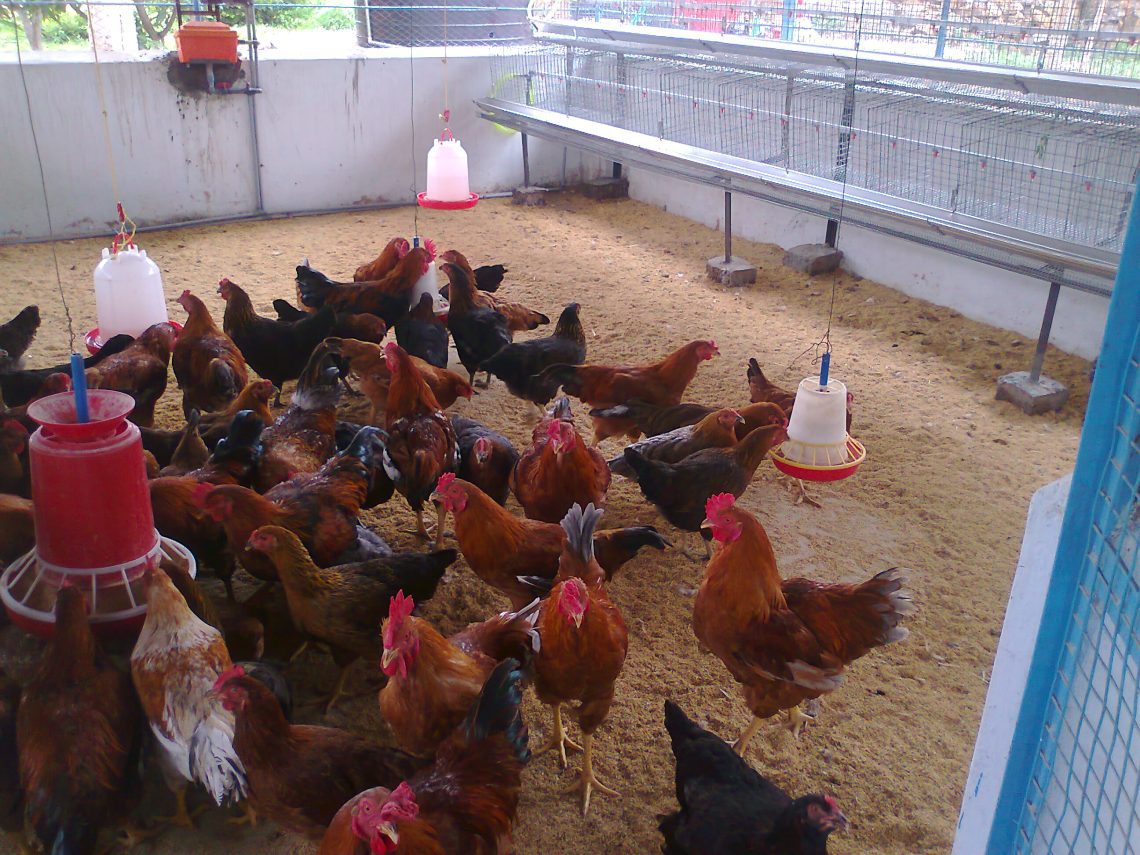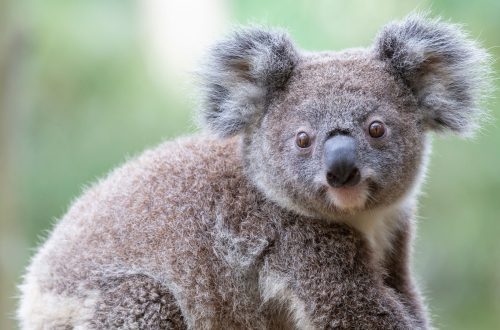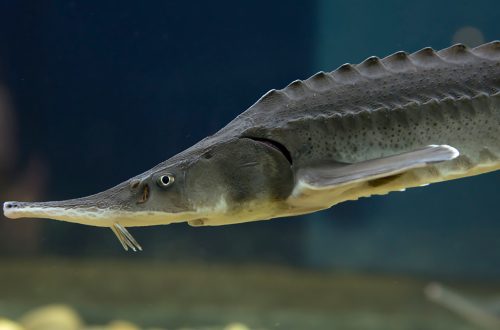
Indians: breeds, rearing, keeping at home, nests for indos and caring for chickens
Recently, nutmeg ducks, which are popularly called indo-ducks, have been very popular among amateur poultry farmers. Contrary to popular belief, these birds do not belong to turkeys. They are an independent species of tree ducks. Today, domesticated birds are common in almost all countries. This is due to the fact that from these unusually beautiful birds a year you can get about a hundred eggs or hatch up to sixty-five ducklings, as well as grow more than sixty heads for meat, receiving at least one hundred and thirty kilograms of meat from them. Growing and breeding indoutok is a pleasure.
Contents
Brief description, features and breeds of indoutok
In appearance, nutmeg ducks significantly different from their peers. They have a wide chest, short legs and neck, powerful and long wings.
- Nutmeg ducks are relatively unpretentious, hardy and calm.
- They are able to do without a reservoir, and are not very susceptible to most bird diseases.
- According to the standard, the male can weigh about six kilograms, and the weight of the female is close to three and a half kilograms.
- The weight of each egg laid by a bird is about seventy-five grams.
- Indo-duck tastes like game and has excellent taste without the characteristic smell of waterfowl.
- The most edible and delicious part of the bird is the brisket, which can weigh up to eight hundred grams.
- Muscat duck breeds differ mainly in color. There are breeds of birds with white, black and white, brown, black, brown and white, blue and white with a pattern.
- The main difference between all breeds of indoutok is the growth on the beak. If you press it, then fat will be released, which has the smell of nutmeg.
Since there are no special differences in the breeds of birds, there is practically no work on their selection. Whatever breed of nutmeg duck the poultry breeder breeds, the result will always be excellent.
Basic rules for keeping nutmeg ducks
For birds not afraid of low temperatures, but they do not tolerate high humidity.
- The indo should be kept in a spacious room, as they need “personal space”. They do not like crowding, so for three birds you need to allocate about two square meters of area.
- If ducks are kept all year round, then the building for them must be made solid. It should protect birds from drafts and sudden changes in temperature.
- About once a year, as a disinfectant against parasites, the walls of the room must be whitewashed with slaked lime.
- Sawdust, straw, or large wood shavings can be placed in the bird’s nest as bedding.
- Laying hens need one nest for three heads.
- Of great importance is the sex ratio of birds. Three or four ducks are enough for one drake.
- In the warm season, ducks need walking. To do this, create artificial reservoirs for swimming and equip a place where birds will walk with drinking bowls.
- It is best to let the indoutok out of the corral during the day. In the morning and in the evening they rush.
- The bird area must be kept clean. It is necessary to ensure that there are no dangerous objects on it: nails, glass, wire.
- With seasonal breeding of nutmeg ducks, they can be kept in small buildings.
This breed of ducks flies well, so at an early age they wings should be clipped. To do this, it is enough to cut off only the feather upper part of the wing.
What to feed indo
There are no special secrets in feeding this breed of domestic ducks.
- The most optimal type of feeding for poultry is a combined feed consisting of grain and mash.
- You can feed nutmeg ducks with almost any grain: wheat, rye, millet, barley, oats. Birds and any grain waste eat well.
- Vegetables can be added to the feed: carrots, beets, rutabaga and potatoes, which should be boiled.
- The daily diet of domestic ducks should include greens.
- To form a strong shell, they need to add boiled egg shells, shells, and chalk to their food. All this should be well crushed.
- Separate containers should be filled with gravel, which helps the digestive system.
- So that birds do not have a lack of phosphorus, meat or fish meal should always be present in their feeder.
- Dissolved table salt should be added to wet food. It will supply the body with sodium, improve appetite and contribute to the good development of ducks.
- During the molting period, indo-cats need to be given natural sources of organic sulfur in the form of green beans, flax cake, fresh cabbage.
On average, poultry can eat about four hundred grams of feed and drink a liter of water. If she grazes all day in the meadow, then the diet should be halved. Meadow green grass is an excellent substitute for domestic duck food.
Breeding nutmeg ducks at home
Indians are bred much easierthan any other poultry.
- The broodstock should be formed one and a half months before the start of oviposition. This is usually done from May to July.
- If the drake is older than the laying hens for a month, then the puberty of the latter will come a little earlier.
- For good egg laying, with the help of artificial lighting for half-year-old ducks, daylight hours are increased. By the time he starts laying his eggs, he should be seventeen hours old. One and a half months before the end of oviposition, it should be extended for another two hours.
- Nutmeg ducks willingly sit on eggs, and after the appearance of chickens, they take excellent care of their offspring.
- By autumn, the family will be provided with delicious poultry meat.
- In order for the ducklings to reappear in the spring, you can take several ducks and one drake in the winter. Many poultry farmers adhere to this breeding scheme for nutmeg ducks.
Indians do not withstand dampness and dirt. The best temperature for egg laying is nineteen degrees.
Indo sockets
Prepare a nest for a laying hen should be in advance.
- You can take a cardboard box as a nest and put a non-synthetic fabric on its bottom. For example, burlap.
- The Muscat domestic duck sits on the nest after it has laid about two dozen eggs. She will not sit on an empty nest. Therefore, you need to save them within two to three weeks.
- Since the bird will be in the nest for a decent number of days, it is necessary to put a drinking bowl and a container of water next to it in which it can swim. After bathing, the nest is moistened and a large number of parasites are destroyed.
- After two days of being on eggs, twenty more eggs can be placed in her nest.
- Other people’s ducklings should not be allowed to the hen. She can go to walk them, while leaving the nest with eggs.
The first cycle of egg production lasts about five months. Then a three-month break begins, during which the Indians molt.
Growing and keeping nutmeg ducklings
Ducklings hatch on the thirty-third – thirty-fifth day.
- Ducklings with a weight of fifty to seventy grams are considered well developed. They have shiny bulging eyes, yellow shiny down, and stand firmly on their feet.
- Diurnal ducklings still do not know how to drink and eat, so they need to be taught.
- On the first day, they need to be fed only boiled eggs. On the second day, porridge and milk are added.
- If the duckling will not eat, then you need to feed it forcibly.
- After five days, the chicks can be fed with homemade finely chopped meat waste with the addition of the mineral additive “Sunshine”, which boosts the immune system and stimulates growth and development.
- On the tenth day after birth, potatoes can be introduced into the diet of ducklings.
When trying to breed chicks artificially using an incubator, it was noted low hatchability. Hatching eggs by laying hens is the most effective way to hatch ducklings.
Diseases and their prevention
Muscat ducks, although they have a fairly high immunity, can still get sick. Therefore, in order to avoid problems, their content should be treated responsibly. Temperature, feeding and lighting should be appropriate. In room dampness and dirt are unacceptable. Drinkers should always be clean.
- Ducklings can get viral hepatitis, which affects the liver. It is possible to fight this disease only with the help of vaccines that artificially increase immunity.
- Quite often, poultry farmers are faced with such a serious problem as the “new duck flu”. If this disease is started to be treated at an early stage, then it is quite possible to cope with it. The antibiotic “Terramycin” helps well against the flu.
- Great harm is done to ducklings by helminthic diseases. They contribute to the entry of microbes into the body and reduce the productivity of ducks. If worms are found in the litter, then the birds are given piperazine or phenothiazine.
In addition, Indians susceptible to salmonellosis, aspergillosis, lack of plumage and other diseases. For the elimination of infectious diseases, bird walking and disinfection of the premises and equipment are of great importance.
Indoutok can be considered the most effective poultry, since their breeding and maintenance does not cause much trouble. Due to the dietary meat, there is a stable demand for these birds, so surplus ducks can be sold on the market.





